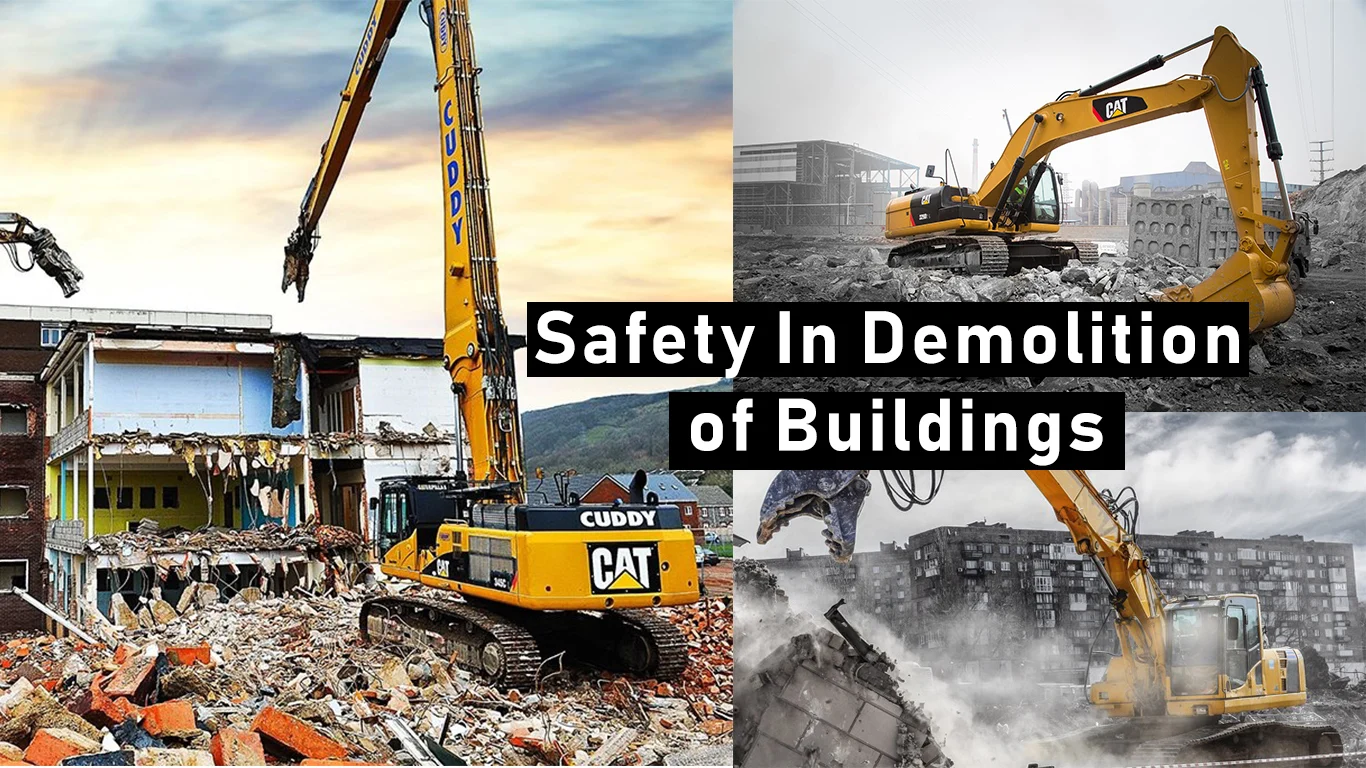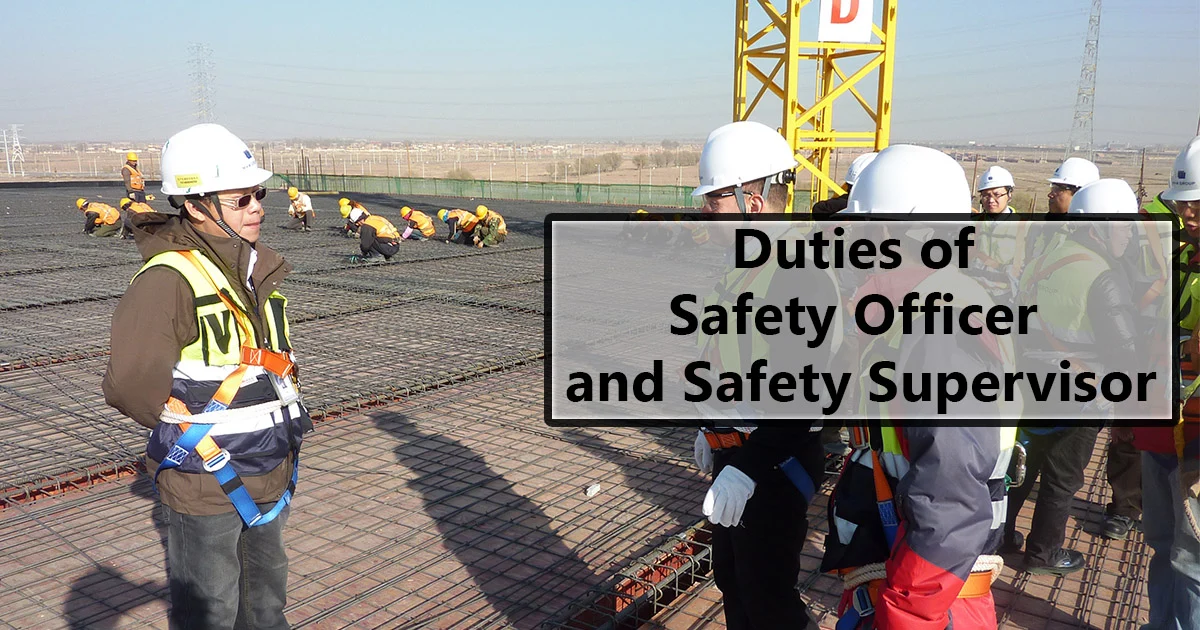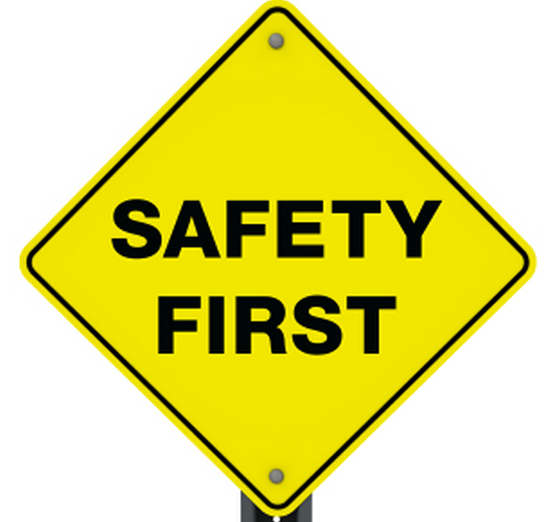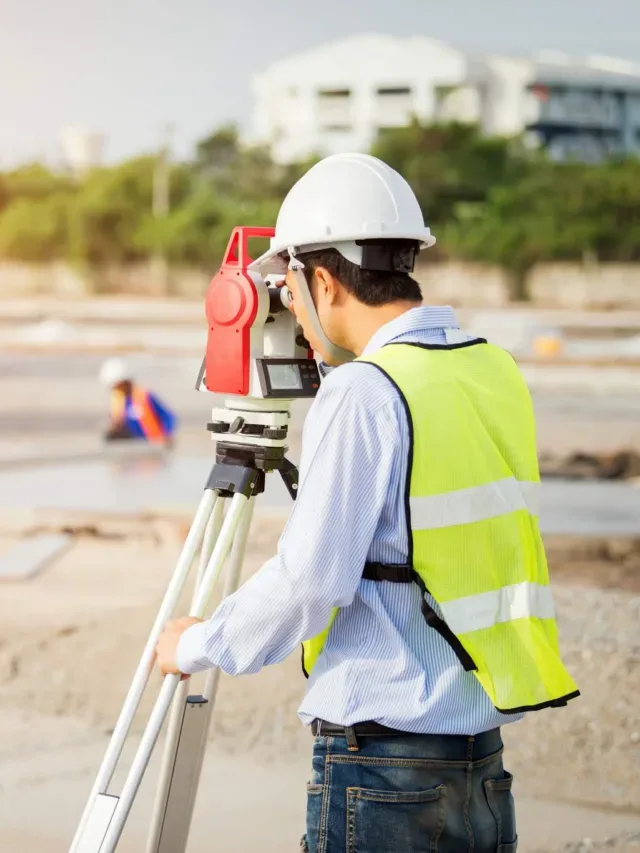Safety In Demolition of Buildings

Safety In Demolition of Buildings
The safety requirements for carrying out demolition/dismantling work.
Planning
Before beginning the actual work of demolition a careful study shall be made of the structure which is to be pulled down and also of all its surroundings. This shall, in particular, include the study of the manner in which the various parts of the building to be demolished are supported and how far the stage by stage demolition will affect the safety of the adjoining structure. A definite plan of procedure for the demolition work, depending upon the manner in which loads of the various structural parts are supported, shall be prepared and approved by the engineer-in-charge and this shall be followed as closely as possible, in actual execution of the demolition work. Before the commencement of each stage of demolition, the foreman shall brief the workers in detail regarding the safety aspects to be kept in view.
It should be ensured that the demolition operations do not, at any stage, and endanger the safety of the adjoining buildings. Moreover, the nuisance effect of the demolishing work on the use of the adjacent buildings should be kept to the minimum.
No structure or part of the structure or any floor or temporary support or scaffold, side wall or any device for equipment shall be loaded in excess of the safe carrying capacity, in its then existing condition. Electrical installations for demolition sites shall be in accordance with 12 of Part 8 ‘Building Services,Section 2 Electrical and Allied Installations’ of the Code.
Precautions Prior to Demolition
On every demolition job, danger signs shall be conspicuously posted all around the structure and all doors and openings giving access to the structure shall be kept barricaded or manned except during the actual passage of workers or equipment. However, provisions shall be made for at least two independent exits for the escape of workers during an emergency.
During nights, red lights shall be placed on or about all the barricades.
Where in any work of demolition it is imperative, because of danger exists, to ensure that no unauthorized person shall enter the site of demolition during the outside hours; a watchman should be employed. In addition to watching the site he shall also be responsible for maintaining all notices, lights and barricades.
All the necessary safety appliances shall be issued to the workers and their use explained. It shall be ensured that the workers are using all the safety appliances while at work.
The power on all electrical service lines shall be shut off and all such lines cut or disconnected at or outside the property line before the demolition work is started. Prior to cutting of such lines, the necessary approval shall be obtained from the electrical authorities concerned. The only exception will be any power lines required for demolition work itself.
All gas, water steam and other service lines shall be shut off and capped or otherwise controlled at or outside the building line, before demolition work is started.
All the mains and meters of the building shall be removed or protected from damage.
If a structure to be demolished has been partially wrecked by fire, explosion or other catastrophes, the walls and damaged roofs shall be shored or braced suitably.
Protection of the Public
Safety distances to ensure the safety of the public shall be clearly marked and prominently signposted.Every sidewalk or road adjacent to the work shall be closed or protected. All main roads, which are open to the public, shall be kept open to the public clear and unobstructed at all times. Diversions for pedestrians shall be constructed, where necessary for safety.
If the structure to be demolished is more than two storeyed or 7.5 m high, measured from the side walk or street which cannot be closed or safely diverted,and the horizontal distance from the inside of the sidewalk to the structure is 4.5 m or less, a substantial sidewalk shed shall be constructed over the entire length of the sidewalk adjacent to the structure, of sufficient width with a view to accommodating the pedestrian traffic without causing congestion. The side walk shed shall be lighted sufficiently to ensure safety at all times.
For detailed information reference may be made to good practice.
A toe board of at least 1 m high above the roof of the shed shall be provided on the outside edge and ends of the sidewalk shed. Such boards may be vertical or inclined outward at not more than 45°.
Except where the roof of a sidewalk shed solidly abuts the structure, the face of the sidewalk shed towards the building shall be completely closed by providing sheeting/planking to prevent falling material from penetrating into the shed.
The roof of sidewalk sheds shall be capable of sustaining a load of 73 N/mm 2 . Only in exceptional cases, say due to lack of other space, the storing of material on a sidewalk shed may be permitted in which case the shed shall be designed for a load of 146 N/mm 2 .
Roof of sidewalk shed shall be designed taking into account the impact of the falling debris. By frequent removal of loads it shall be ensured that the maximum load, at any time, on the roof of work shed is not more than 6 000 N/m 2 . The height of sidewalk shed shall be such as to give a minimum clearance of 2.4 m.Sidewalk shed opening, for loading purposes, shall be kept closed at all time except during actual loading operations.
The deck flooring of the sidewalk shed shall consist of plank of not less than 50 mm in thickness closely laid and deck made watertight. All members of the shed shall be adequately braced and connected to resist displacement of members or distortion of framework.
When the horizontal distance from the inside of the sidewalk to the structure is more than 4.5 m and less than 7.5 m, a sidewalk shed or fence or a substantial railing shall be constructed on the inside of the sidewalk or roadway along the entire length of the demolition side of the property with movable bars as may be necessary for the proper execution of the work.







